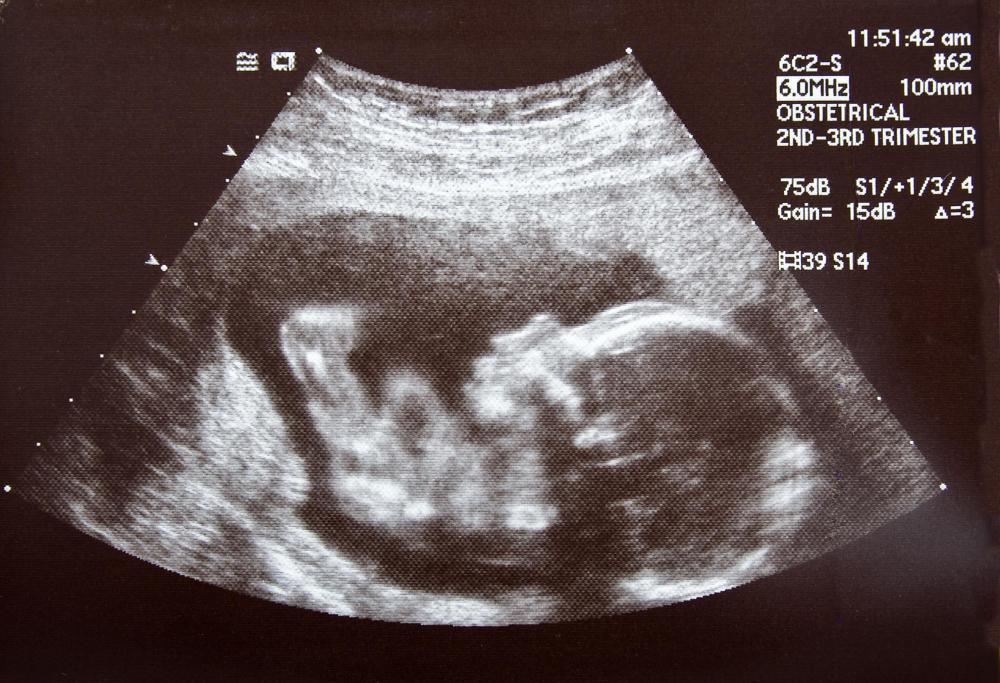At WiseGEEK, we're committed to delivering accurate, trustworthy information. Our expert-authored content is rigorously fact-checked and sourced from credible authorities. Discover how we uphold the highest standards in providing you with reliable knowledge.
What Are the Different Uses of a Human Umbilical Cord?
In most mammals, the umbilical cord is a developing organism’s lifeline, providing a connection to essential nutrient supplies. Once the organism is born, a cord’s usefulness does not diminish, however. One of the most prominent uses for the post-birth human umbilical cord lies in the medical field, when scientists harvest cord blood for stem cell extraction. Medical professionals have also used the umbilical cord in conducting physical and even mental evaluations of fetuses. On a less scientific front, various beliefs around the world also attest that the human umbilical cord can provide good luck if it is consumed or burned.
A human umbilical cord is present throughout a woman’s pregnancy. It fastens the fetus to the nourishment-providing placenta. Nutrients, blood, and other fluids or gases routinely pass from mother to child via blood vessels in the the umbilical cord.

Increasing attention has settled on potential uses for the blood contained within a human umbilical cord. In fact, many parents choose to preserve their infant’s cord blood in a storage facility for future use. The medical foundation for this practice rests in the scientific discovery that cord blood contains an abundance of stem cells.
Stem cells are sought after because they have not yet become any particular type of cell. Rather, with scientific manipulation, the cells have the potential of becoming any cell type in the body, ranging from bone cells to heart cells. Stem cell treatments could thus theoretically be used in any of the numerous conditions where healthy body tissue is damaged, particularly if the stem cells derive from one’s own blood. Conditions such as leukemia that require bone marrow transplants represent one particularly prevalent use for cord blood.

Some researchers have also investigated a possible link between the human umbilical cord and mental development. According to these research studies, studying the umbilical cord's length can elicit some interest findings. For one, individuals with a lower intelligence quotient level (IQ) often possessed an abnormally short umbilical cord. Extra-long umbilical cords, on the other hand, tended to correlate with behavioral problems later in life. Since the umbilical cord connects to several vital organs in the fetus and serves as the fetus' lifeline, any variance could possibly hinder the fetus' prenatal development, which might explain such findings.

The relationship between the human umbilical cord and proper development can also be beneficial for physicians. Many doctors examine the structure during prenatal tests to detect abnormalities. Umbilical cord blood flow, in particular, has proven helpful in assessing a fetus' developmental progress.
In many cultures, the placenta and the human umbilical cord hold a place of reverence. Some peoples view these structures as spiritual symbols of renewal and of life in general. Ceremonies in which the afterbirth is eaten or buried may take place in these regions. Some believe these practices will bring omens of good luck.
AS FEATURED ON:
AS FEATURED ON:













Discuss this Article
Post your comments